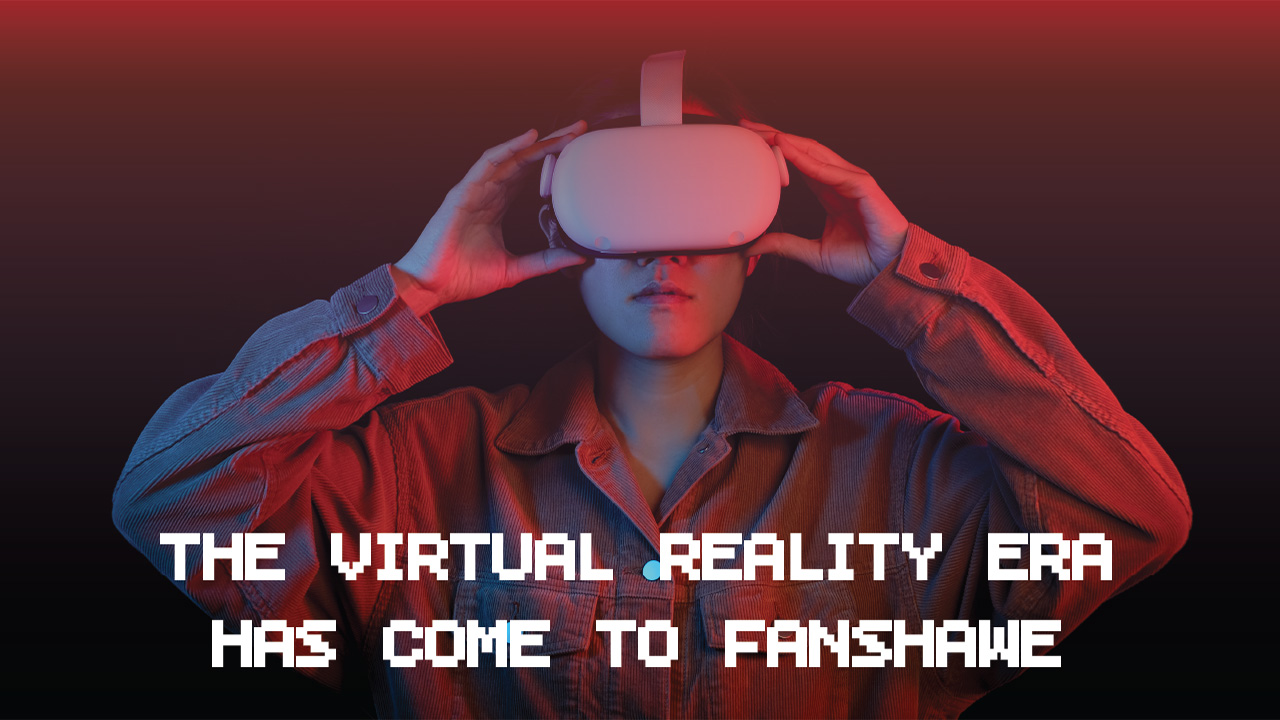The virtual reality era has come to Fanshawe
 CREDIT: FSU PUBLICATIONS AND COMMUNICATIONS DEPARTMENT
CREDIT: FSU PUBLICATIONS AND COMMUNICATIONS DEPARTMENTA decade ago, virtual reality (VR) was just an idea some dreamed of; it was only seen in movies. Nowadays, interacting with artificial three-dimensional sensory visuals has become a reality. It is not uncommon to see videos on the internet of people using VR to have fun, play video games and stream.
The reality is that using VR to have fun is just one of its many uses. As technology advances, new ways of implementing it in daily life have arisen. Several learning institutions are seeing it as a new learning tool that can be used to teach in a more immersive way. One of those learning institutions is Fanshawe, but how can programs benefit from it?
Lili Sun, a Fanshawe respiratory therapy student who has previously used VR in her program, said that it improved her soft, interview, people, and conflict resolution skills.
“I feel that it combines education with a bit of fun,” said Sun. “So, people are more engaged in learning because they are having a good time.”
The healthcare industry has become a big adopter of VR technology. A Harvard Business Review study found that VR training improved participants’ overall surgical performance by 230 per cent compared with traditional methods.
“I managed difficult situations without endangering patients,” said Sun. “The best part is that everything is recorded, and I received feedback right away from the software on how I was doing and what I can improve on.”
She said that with VR, people can have a hospital experience while still in school without waiting years for their practice.
Kathy Butler, coordinator of the School of Tourism, Hospitality and Culinary Arts at Fanshawe, said they use VR to help students with communication and customer service skills.
“VR has assisted us in improving hard skills in students, such as knife skills in the culinary arts, which is amazing because no one can get hurt in an accident,” said Butler. “I have received good feedback from students; they absolutely love it.”
Butler said they are exploring to see what they can do to make a more authentic and immersive experience feel more natural.
“I teach hotel operations, and VR allows my students to improve their skills without having a fear of making a mistake at the front desk of an actual hotel,” said Butler. “You can check in and check out customers in VR instead of having to roleplay in the classroom.”
Tania Killian, manager of the Simulation Laboratory at Fanshawe, stated that she does not see a program that would not benefit from VR.
“The welding and interior design programs were the first two programs that started using VR. The results and positive feedback we have gotten have been overwhelmingly good,” said Killian. “We do not like our students to go into dangerous or hostile environments without practice, but with VR, they can get the same experience without the danger.”
According to Research and Markets, the global virtual reality in education market grew from $8.67 billion in 2022 to $11.95 billion in 2023. By 2027, it is expected to grow to $46.14 billion.
Killian said that teachers are excited as well. Since it is a new way of teaching, she is having sessions with the teachers to get them comfortable with the equipment.
“We, in college, are trying to approach this new technology from all areas, not only for educational purposes but for fun stuff too. Students services are going to get a couple of headsets for students to rent in the library whenever they want and have fun with them,” said Killian.
She said they would do pilot testing during the semester, along with body swaps and new pods across campus.
“If you are using the right technology for the right reason, new opportunities and horizons will arise,” said Killian.
















